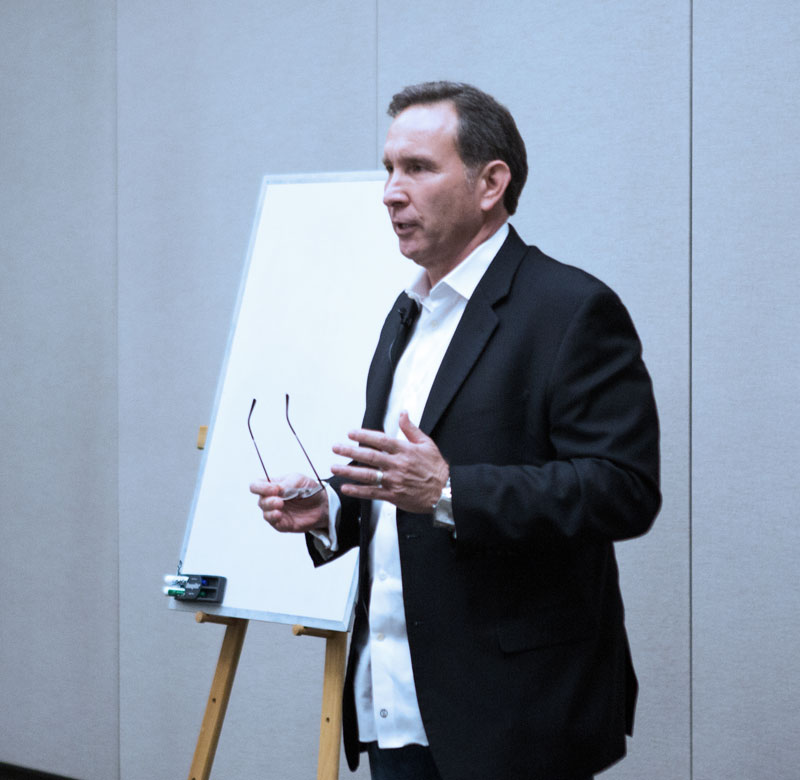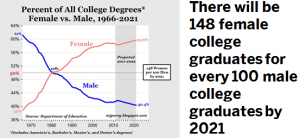Raising Boys? The Facts Don’t Lie

In the blog titled “Economically Undesirable Men” I touched on a subject I think surprised many of my readers. It’s shocking and potentially unbelievable for many of you, so here are the facts!
These facts tell the story:
- One in three male adolescents’ lives in a home without a strong male model (Cohen & Piquero, 2009; as cited in state and federal agency documents).
- On average fathers spend 10 minutes a week with their sons. (Needs expressed by male adolescents and expected from their fathers (Dickerson, 2014) included: (a) support, (b) give guidance, (c) hold them accountable, (d) to motivate, (e) teach certain skills and gender roles, and (f) share a father-son bond. Most of these needs went unmet in high school and negatively impacted the male adolescents emotionally, behaviorally, and academically).
- Males are diagnosed with higher rates of learning disabilities (Lawlis, 2005; Hawley & Reichert, 2010).
- Males receive up to 70% of all Ds and Fs given to all students (Hawley & Reichert, 2010).
- Males create 90% of all classroom discipline problems (Hawley & Reichert, 2010).
- Five of six children diagnosed with ADD/ADHD are male.
- Males are twice as likely to drop out of school (Cabus & Witte, 2013).
- 75 percent of all crime committed in America is by men that were fatherless as children.
Overall and overarching are increased levels of depression, suicidal ideation and anxiety among males.
Compared to female counterpart facts:
- 38+ Government funded programs for women and girls, compared to 0 for men and boys (I learned this first-hand as a committee member of The Coalition to Create a White House Council for Boys and Men).
- For every male active psychologist, there are 2.1 female active psychologists in the workforce.
- Currently 3 of 4 graduating psychologists are female (this year the American Psychological Association (APA) launched a negative campaign on males and toxic masculinity).
- 10 percent of Licensed Professional Counselors (LPC) and Licensed Clinical Social Workers (LCSW) are male.
- 73 percent of females who recently graduated high school were enrolled in a two-year or four-year college, compared to 65 percent of men (see below graph for 2021 projection).
- Female teachers have grown to more than three in four, at 76%.
- A mere 2 percent of school counselors are male

By my math, that’s 32% more female! As an advocate for men and boys it’s easy to see they have been, and are on track to be left behind as demonstrated by these numbers.
Here’s How it Starts
Boys are struggling more in school than girls. They lag behind as early as kindergarten even though health tests show that, at the time of birth, they are just as healthy and cognitively able to learn as their sisters.
I talk about this often and my research supports that boys need a teaching style with transitivity (instruction associated with lessons to arouse and hold their attention) because they are much more physical and visual. They learn and respond differently than girls. Generally speaking, a girl will sit still and quiet in a classroom, while the boy next to her is fidgeting and trying to figure out a way to transform his pencil into a “transformer.” It’s not wrong, it’s innate!
The problem is exacerbated when the majority of teachers and counselors are female! (Not meant to criticize female teachers, the point is their ability to relate more to same gendered students is natural).
Time to get engaged! My program The Quest Project is serving as help to many young men as evidenced in the following Behavioral Evaluation Scale III Before/After chart, but there’s much more work to be done.
If you’re the parent of a young man let’s beat these statistics, pick up a copy of my book(s) “Saving Our Sons” and “Generation of Men” on Amazon.
